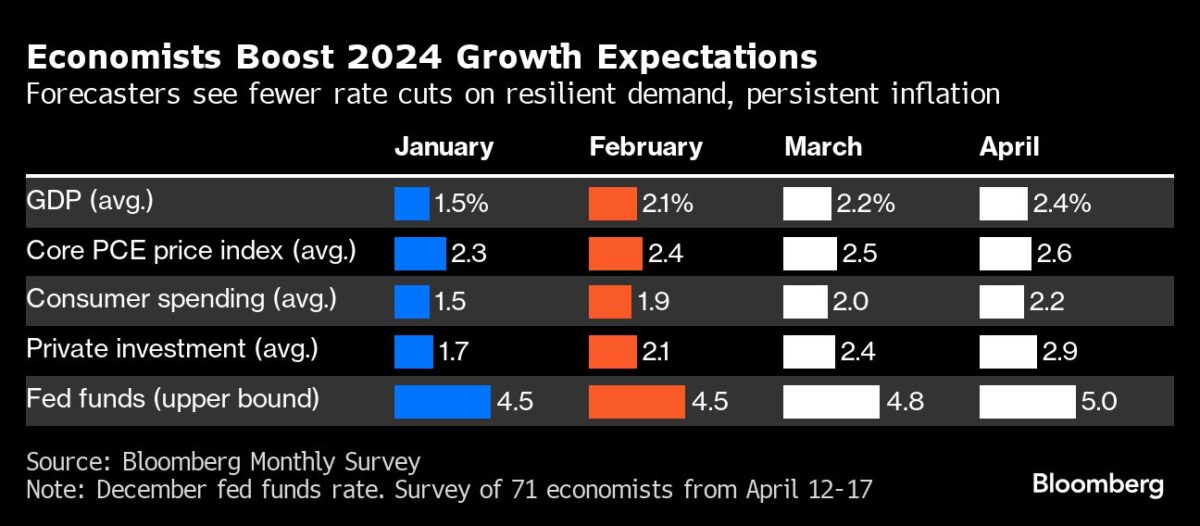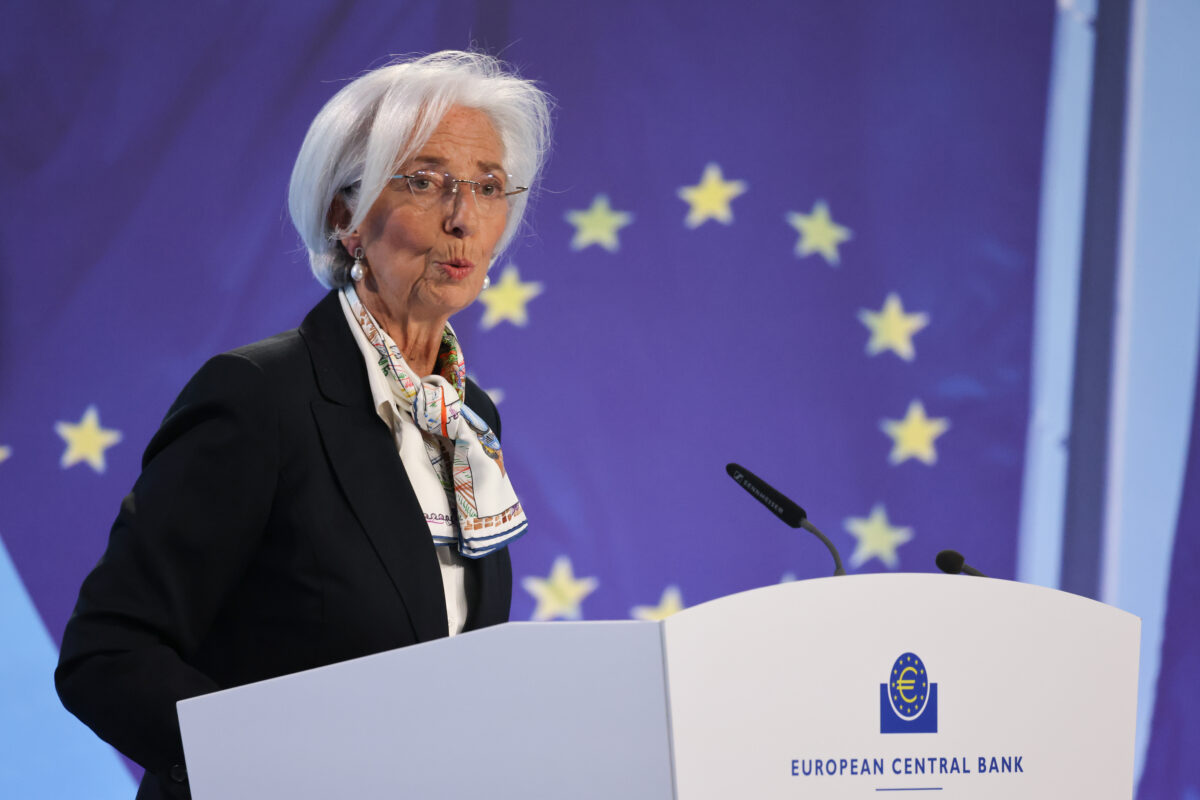FMW-Redaktion
Die amerikanische Ratingagentur Moody´s hat den Ausblick für China heute Nacht auf „negativ“ gesenkt. Zur Begründung nennt Moody´s vor allem drei Gründe:
1. habe sich die fiskalische Perspektive verschlechtert, die Schulden des Landes stiegen und verengten somit Handlungsspielräume für die Regierung
2. ein kontinuierlicher Fall der Währungsreserven des Landes aufgrund der Kapitalflucht, was Risiken für Wachstum und für die Währung Yuan mit sich bringe, der unter Druck bleibe
3. Unsicherheit über die Fähigkeit der Regierung, Reformen zu implementieren angesichts der großen Herausforderungen und Notwendigkeiten für Reformen, um die Ungleichgewichte der Wirtschaft zu reduzieren.
Keine Erwähnung findet bei Moody´s übrigens die schwierige Lage am Arbeitsmarkt Chinas. Peking versucht derzeit, Überkapazitäten vor allem in den Bereichen Kohle, Stahl, Schiffsbau etc. abzubauen, was nach Angaben chinesischer Offizieller etwa 6 Millionen direkte Stellenstreichungen notwendig mache. Da aber mit diesen Industrien auch Zulieferbetriebe betroffen wären, dürfte die Zahl noch wesentlich höher liegen (etwa im Bereich 10 Millionen Arbeitsplätze). Das alles ist auch für eine zentral gelenkte, riesige Planwirtschaft kein Pappenstiel und ein Beleg für die von Moody´s zitierten großen „Herausforderungen“.
Moody´s stuft China damit nach wie vor auf Aa3 ein – hier der volle Text zur Änderung des China-Ausblicks auf negativ durch Moody´s:
Singapore, March 02, 2016 — Moody’s Investors Service has today changed the outlook to negative from stable on China’s government credit ratings, while affirming the Aa3 long-term senior unsecured debt, issuer ratings, and (P)Aa3 senior unsecured shelf rating.
The key drivers of the outlook revision are:
1. The ongoing and prospective weakening of fiscal metrics, as reflected in rising government debt and in large and rising contingent liabilities on the government balance sheet.
2. A continuing fall in reserve buffers due to capital outflows, which highlight policy, currency and growth risks.
3. Uncertainty about the authorities‘ capacity to implement reforms — given the scale of reform challenges — to address imbalances in the economy.
At the same time, China’s fiscal and foreign exchange reserve buffers remain sizeable, giving the authorities time to implement some reforms and gradually address imbalances in the economy. This underpins the decision to affirm China’s Aa3 rating.
RATINGS RATIONALE
RATIONALE FOR ASSIGNING A NEGATIVE OUTLOOK
FIRST DRIVER — WEAKENING FISCAL METRICS AND SIZEABLE CONTINGENT LIABILITIES
The first driver of the negative outlook on China’s rating relates to the government’s fiscal strength which has weakened and which we expect to diminish further, albeit from very high levels.
The government’s balance sheet is exposed to contingent liabilities through regional and local governments, policy banks and state-owned enterprises (SOEs). The ongoing increase in leverage across the economy and financial system and the stress in the SOE sector imply a rising probability that some of the contingent liabilities will crystallize on the government’s balance sheet. In addition, we believe that continuing growth in contingent liabilities — along with stated government objectives to introduce more market discipline — suggests that support from the government and the banking system will increasingly be prioritized, based on the relative importance of each entity for the implementation of strategic national policy goals.
While not our base case scenario, the government’s fiscal strength would be exposed to additional weakening if underlying growth, excluding policy-supported economic activity, remained weak. In such an environment, the liabilities of policy banks would likely increase to fund government-sponsored investment, while the leverage of SOEs — already under stress — would rise further.
We do not expect all or even a significant proportion of contingent liabilities to crystallize on the government’s balance sheet in the short term. However, their existence and increase in size reflect economic imbalances. In particular, high and rising SOE leverage raises the risk of either a sharp slowdown in economic growth, as debt servicing constrains other spending, or a marked deterioration of bank asset quality. Either of these developments could ultimately result in higher government debt and additional downward pressure on the government’s credit profile.
In addition, government debt has risen markedly, to 40.6% of GDP at the end of 2015, according to our estimates, from 32.5% in 2012. We expect a further increase to 43.0% by 2017, consistent with an accommodative fiscal stance that will likely involve higher government spending and possible reductions in the overall tax burden.
At the same time, we expect debt affordability to remain high as large domestic savings will continue to fund government debt.
SECOND DRIVER — ERODING EXTERNAL STRENGTH
The second driver relates to China’s external vulnerability. China’s foreign exchange reserves have fallen markedly over the last 18 months, to $3.2 trillion in January 2016, $762 billion below their peak in June 2014.
At the same time, reserves remain ample, particularly in relation to the size of China’s external debt. However, their decline highlights the possibility that pressure on the exchange rate and weakening confidence in the ability of the authorities to maintain economic growth and implement reforms could fuel further capital outflows. In particular, a fall in reserves — corresponding to sustained deposit outflows — could raise pressure on the deposit-funded banking sector.
Measures to address falling foreign exchange reserves and downward pressure on the renminbi have negative implications for the economy and financial sector. First, a tightening of capital controls in response to sustained outflows would damage the credibility of the authorities‘ commitment to liberalizing the capital account, an essential element of financial sector reform.
Second, allowing reserves to fall to preserve the value of the currency — when pressures exist — would tighten liquidity conditions in China at a time when parts of the economy are slowing sharply and when the debt-servicing capability of some corporates is impaired.
Third, preserving foreign exchange reserves and allowing a sharp depreciation of the currency would likely fuel further capital outflows.
THIRD DRIVER — RISKS OF A LOSS IN POLICY CREDIBILITY AND EFFICIENCY
The third driver concerns institutional strength. China’s institutions are being tested by the challenges stemming from the multiple policy objectives of maintaining economic growth, implementing reform, and mitigating market volatility. Fiscal and monetary policy support to achieve the government’s economic growth target of 6.5% may slow planned reforms, including those related to SOEs.
Incomplete implementation or partial reversals of some reforms risk undermining the credibility of policymakers. Interventions in the equity and foreign exchange markets over the past year suggest that ensuring financial and economic stability is also an objective, but there is considerably uncertainty about policy priorities.
Without credible and efficient reforms, China’s GDP growth would slow more markedly as a high debt burden dampens business investment and demographics turn increasingly unfavourable. Government debt would increase more sharply than we currently expect. These developments would likely fuel further capital outflows.
RATIONALE FOR AFFIRMING CHINA’S Aa3 RATING
The very large size of China’s economy contributes to its credit strength. Moreover, although GDP growth is slowing, it will remain markedly higher than most of China’s rating peers. The size of the buffers available to face current fiscal and capital outflow challenges allows for a gradual implementation of reform and therefore supports an affirmation of the rating at Aa3. These buffers include a relatively moderate level of government debt, which is financed at low cost, and high domestic savings and still substantial foreign exchange reserves.
We expect a gradual economic slowdown, made possible by the capacity and willingness of the authorities to support growth. Moreover, although contingent liabilities are large, they do not pose an imminent risk to the government’s balance sheet. In a largely closed financial system, buffer erosion would most likely be gradual, providing time to address key areas of reform.
WHAT COULD CHANGE THE RATING UP/DOWN
Moody’s could revise the rating outlook to stable if we concluded that government policy was likely to succeed in balancing competing priorities and thereby arrest the deterioration in China’s fiscal metrics and reduce contingent liabilities for the sovereign most likely through effective restructuring of SOEs in overcapacity sectors.
Moreover, a moderation in capital outflows due to improved confidence in the economy and policies as well as advancement of reforms — in particular in the SOE and financial sectors, including some further opening of the capital account — would be consistent with returning the outlook to stable.
Conversely, Moody’s could downgrade the rating if we observed a slowing pace in the adoption of reforms needed to support sustainable growth and to protect the government’s balance sheet. Tangibly, this could happen if debt metrics weaken, contingent liabilities increase, or progress on SOE reform stalls. Sustained capital outflows or a marked tightening in capital controls without tangible progress on reform implementation would also be consistent with a downgrade of the rating.
Kommentare lesen und schreiben, hier klicken












